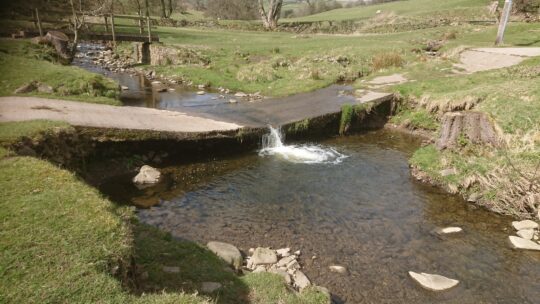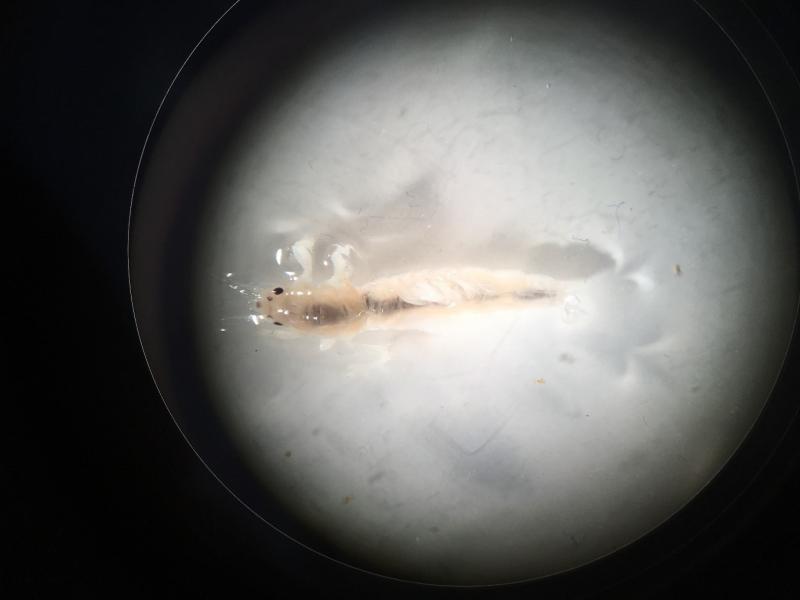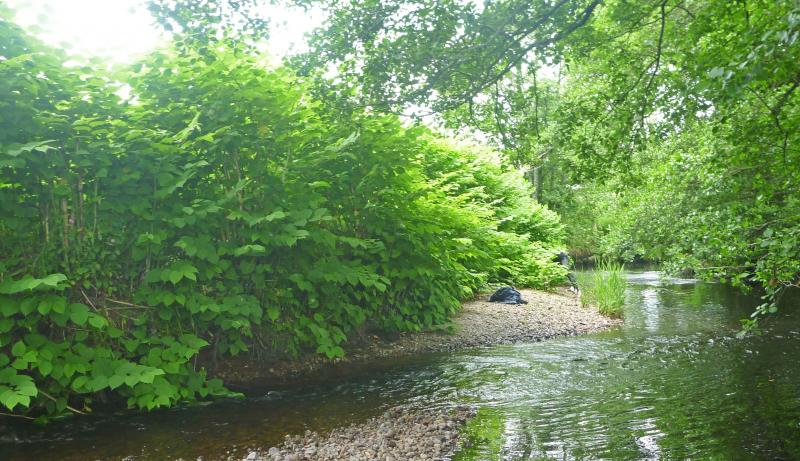On behalf of WTT, I recently attended a workshop coordinated by Dr Murray Thompson (a former MSc student of mine), the aim of which was to brainstorm on how to extend and develop river monitoring of restoration projects, particularly for citizen scientists. The workshop was generously supported by Ross Brawn, a good friend and supporter of WTT. The discussions were wide ranging and there were some interesting viewpoints raised by the various contributors (from the Environment Agency, Wildlife Trusts and Rivers Trusts, academia, consultancies, the River Restoration Centre etc).
Why? Well, in the limited number of cases where monitoring (to determine whether the restoration has achieved what it set out to do) is actually considered, then the cost of that monitoring typically is a part of an already limited restoration budget. Funding before and after sample collection, particularly in the longer-term, is not always available. However, the lack of coordinated standardised restoration monitoring has led to a paucity of knowledge about the effectiveness of restoration projects. Where monitoring has been undertaken, the sampling methodologies used were often originally conceived to detect pollution but may be incompatible for detecting ecological recovery.











